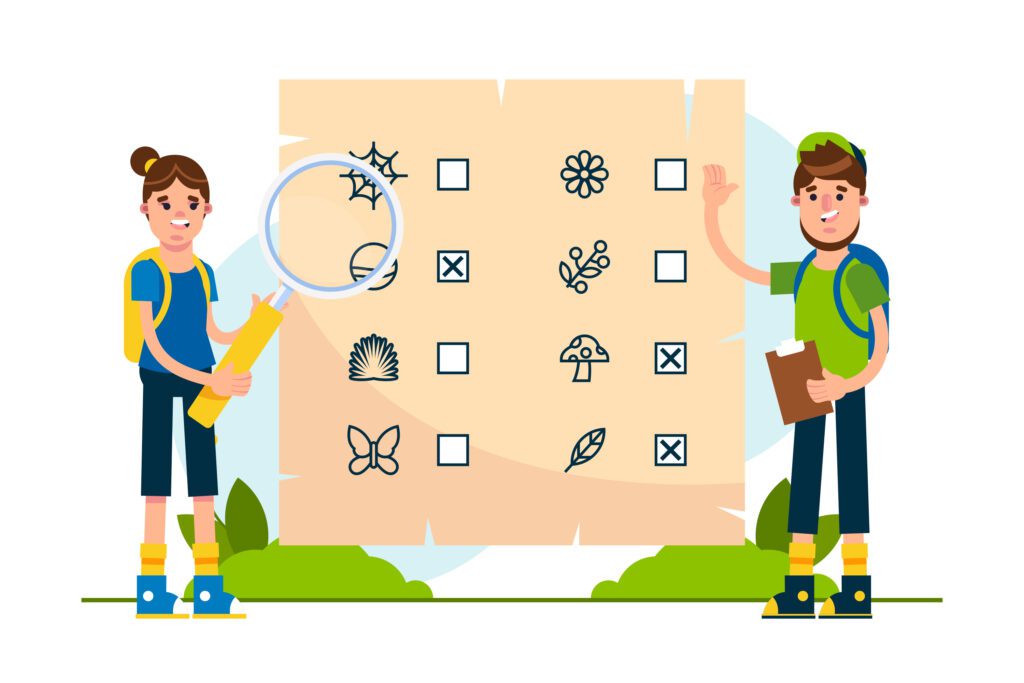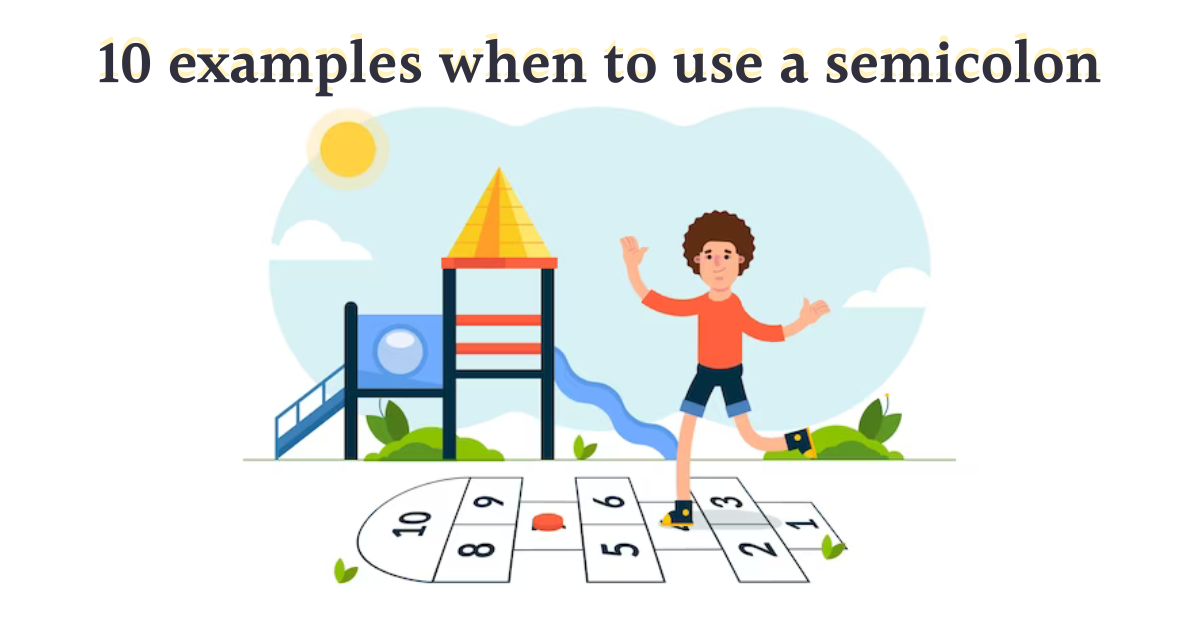In the realm of punctuation, the semicolon (;) often remains an enigma to many writers. Some avoid it altogether, while others use it incorrectly. However, when used appropriately, the semicolon can be a powerful tool to enhance the flow and clarity of your writing. This article will explore ten examples of when to use a semicolon effectively.

1. Connecting Related Independent Clauses
One primary role of a semicolon is to link two closely related independent clauses that could stand alone as separate sentences but share a logical connection. For instance:
Example: The rain poured relentlessly; the streets soon flooded.
2. Balancing Items in a List
A semicolon can be employed to separate items in a list, especially when the items themselves contain commas. This technique helps maintain clarity within complex lists.
Example: The conference attendees came from London, UK; Paris, France; Rome, Italy; and Madrid, Spain.
3. Clarifying Complex Series
In cases where elements in a series require additional punctuation, semicolons can be used to differentiate between the items, reducing confusion for the reader.
Example: The restaurant offers dishes with various options: chicken, grilled to perfection; pasta, a blend of flavors; and steak, tender and juicy.
4. Replacing Conjunctions in Some Cases
Typically, coordinating conjunctions (e.g., and, but, or, so) are used to join sentences. However, a semicolon can take its place when a stronger separation is desired.
Example: The deadline is approaching; we must act quickly.
5. Highlighting Contrast
When expressing a contrast or juxtaposition, a semicolon can serve as a bridge between opposing ideas.
Example: She loved the hustle and bustle of the city; he preferred the serenity of the countryside.
6. Avoiding Comma Splices
A comma splice occurs when two independent clauses are joined solely by a comma, which is considered grammatically incorrect. A semicolon can remedy this issue.
Example: The movie was captivating; it left a lasting impression on the audience.
7. Introducing Appositives
Semicolons can precede appositives (phrases that rename or explain a previous noun) to create emphasis and clarity.
Example: The team’s star player; a true athlete; scored the winning goal.
8. Emphasizing Related Ideas
When two sentences are thematically linked, a semicolon can emphasize their relationship more than using separate sentences or conjunctions.
Example: The art exhibition displayed unique sculptures; the paintings were equally captivating.
9. Separating Lengthy or Punctuated Quotations
In cases where a quotation contains internal punctuation, a semicolon can be used to separate it from the main sentence.
Example: As Shakespeare wrote, “To be, or not to be; that is the question.”
10. In Lists with Internal Commas
When listing items that contain internal commas, a semicolon can help prevent confusion between list items.
Example: The ingredients for the recipe included tomatoes, diced; onions, finely chopped; and cilantro, minced.

Mastering the art of semicolon usage can elevate your writing, adding sophistication and coherence to your prose. However, remember to use them judiciously and ensure each semicolon serves a purpose in enhancing the overall clarity and impact of your text. With practice, you can confidently wield the semicolon to enrich your writing and communicate your ideas effectively.

